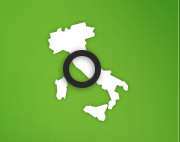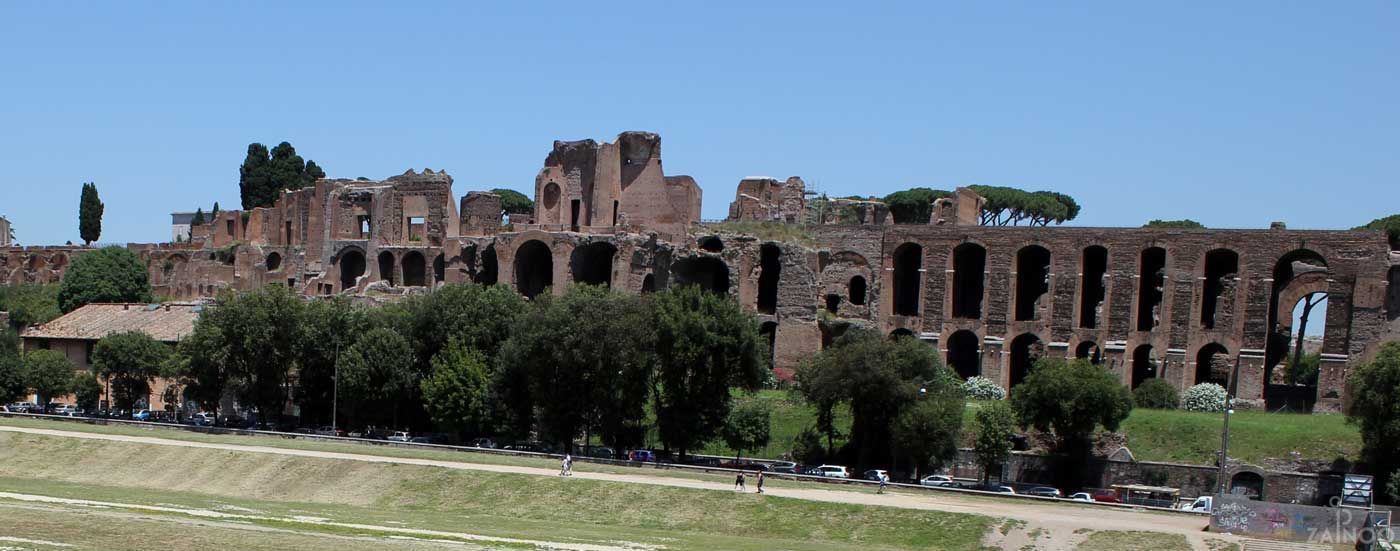Palatino
Archaeological site
Palatino
Historical foundation hill of Rome
The Palatino is regarded as the most distinguished of the Seven Hills of Rome and at the same time probably the birthplace of ancient Rome. According to legend, the Tiber washed the twins Romulus and Remus on land here, where they founded the city in 753 B.C. In fact, archaeologists report that the oldest settlement in the region dates from the 10th Century B.C. In the following years, the most important and most famous Roman Emperor families of antiquity lived and ruled on the Palatine – from Cicero and Agrippa to Augustus, Domitian and the Flavians, many important Romans built their palaces here. Today's word "palace" was derived from the word "Palatine". In the Middle Ages, the upscale residential neighbourhood degenerated and was increasingly overshadowed by monasteries and gardens. Nevertheless, the impressive ruins give a good impression of the size and ancient splendour of past times.
Criptoportico and Orti Farnesiani
When you enter the excavation site from the Roman Forum, you will first recognize the 130 metre long Cryptoporticus, the semi-underground tonnes corridor. It was probably used for supply reasons and to connect the individual emperor and government palaces. According to legend, the Emperor Caligula was murdered here. On the right side of the cryptoporticus are the Orti Farnesiani, the Farnese gardens. Cardinal Alessandro Farnesi commissioned the architect Vignola to create them in the 16th Century. In the 17th Century the magnificent gardens in front of the ancient scenery awakened interest in the Roman heritage of the city.
Temple of Cybele and Casa di Livia
Right behind the Farnese gardens are the remains of the temple of Cybele, the Great Mother. Finds under the ruins of the temple suggest that this was also the point where the first settlement of Rome was established. Foundation remains of the "house of Romulus" date from the 8th Century B.C. Next to the temple are the remains of the Casa di Livia, the House of Livia, the wife of Augustus. The house may have been part of the palace of Augustus and contained next to upscale furnishings a central heating system, as evidenced by clay pipes in the wall. The inscription "Livia Augusta" on a lead pipe gave the house its name.
Domus Flavia, Domus Augustana and Stadio Domiziano
In the middle of the Palatine Hill are the remains of the palace of the Flavians. The Domus Flavia was built by the Emperor Domitian in the late first Century and was the centre of power in the Roman Empire. The gigantic building enclosed a large colonnaded courtyard, a dining room, a throne hall, a chapel and a basilica for state business. Right next to it, Domitian built the Domus Augustana, the Imperial Palace, which housed the residences and state rooms of the Flavian emperors. Behind the two palaces is the Stadio Domiziano, a 160 metre long and 47 metre wide Hippodrome, where the Flavian emperors attended horse races. The impressive stadium was once surrounded by a two-story portico, on whose east side the imperial box was situated.
Termi di Settimio Severo and Antiquarium
Particularly interesting are the impressive remains of the Baths of the Emperor Septimius Severus. The massive substructures and corridors have survived until today and even contain remnants of the former heating system. In the Museo Palatino in the Antiquarium at the top of Palatine hill there are numerous exhibits from the imperial era and some beautiful images and statues on display.
Entrance
Combined Ticket with Roman Forum and Colosseum: € 12,-


Tweet